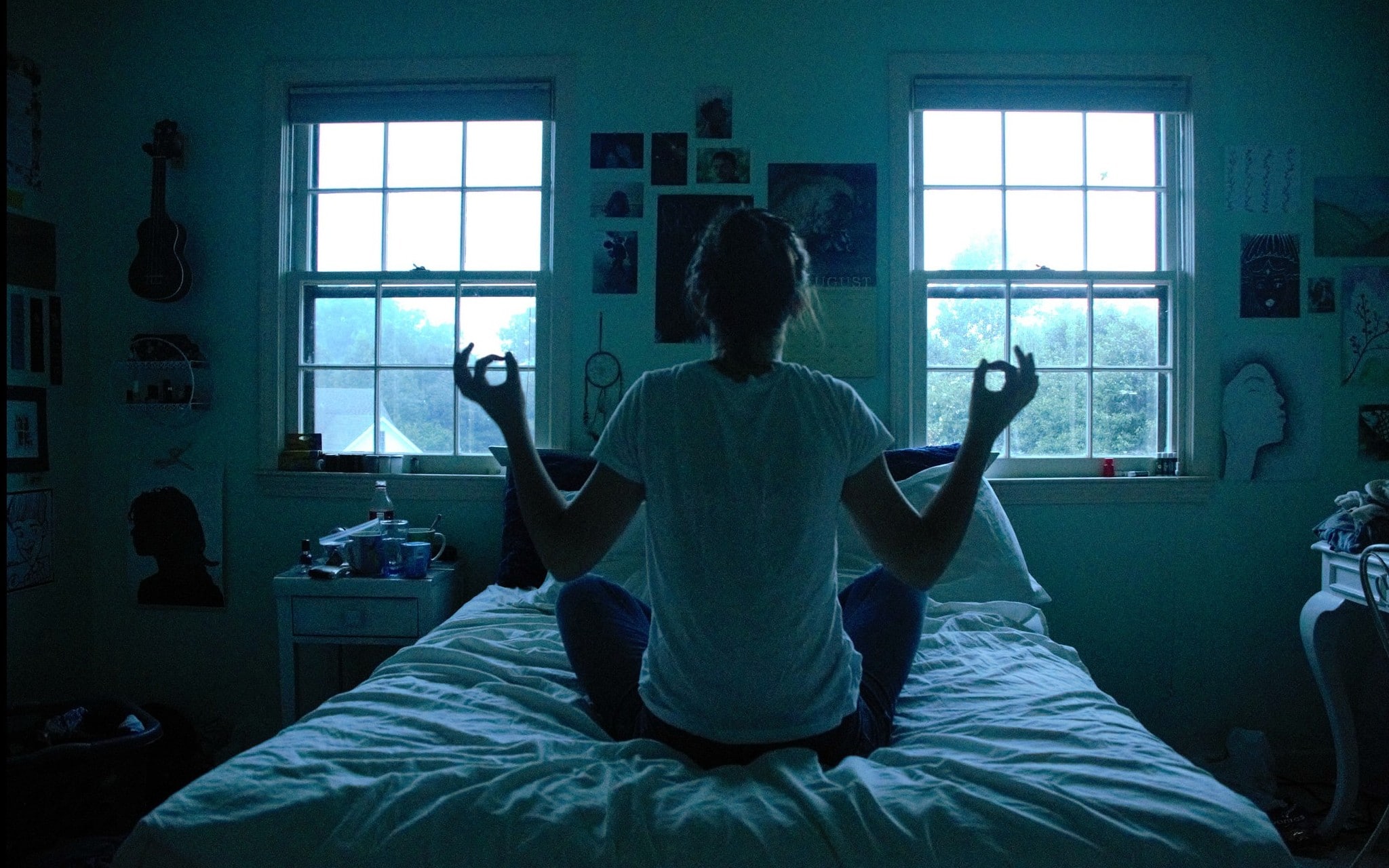
The Temple of the Way of Light is in the Amazon rainforest near Iquitos, Peru. There, dedicated Shipibo healers guide transformative ayahuasca ceremonies | Image Source: Wikimedia Commons via user Senado the Commons
My friend stepped out into the crowded city of Iquitos, Peru, after a grueling 20-hour plane flight. His destination almost reached, he boarded the boat that would take him down the river into the Amazon rainforest, where he finally reached the bank on the edge of the jungle itself. He stepped out, and a warm rain began to fall. After an hour’s walk deeper into the jungle, he finally crossed the bridge that led to the grounds of the Temple of the Way of Light just as the rain broke.
The Temple of the Way of Light is a unique ayahuasca healing treatment center, which opens its doors to those who suffer from addiction or other psychospiritual issues. They offer integrated, multi-day retreats — including one intense healing experience over twelve days with seven ayahuasca ceremonies which are conducted by Shipibo healers, or shamans. They are a socially conscious organization and use their funds for outreach programs and preservation of Amazonian traditions, lands, and culture, and are working to establish sustainable permaculture. They are also contributing to the scientific understanding of ayahuasca in accepting an independent scientific research study if guests decide they would like to participate.
The first day after my friend’s arrival was one of introductions: he met the 24 other group members, the five shamans, the facilitators, and temple staff. They all explored the tambos (bungalow-style huts) they would be sleeping in, the central maloka where ceremonies would be held, and the nearby swimming hole. A conversation with the shamans and facilitators establish what each participant intended to heal during the ceremonies.
The Ceremony
The first ceremony is held on the second night. The group arrives early and a relaxed yoga session transitions into the ceremony as each participant receives their first dose of ayahuasca from the shaman. The lanterns, providing the only light in the ceremony, are extinguished, and all is silent until the five shamans begin to sing a group ikaro—a form of healing song used in the ceremony. The shamans begin to split off toward individuals, each shaman giving each individual a unique ikaro, tailored to them and what healing they have set out to accomplish in this ceremony. No one speaks, and all that can be heard in the total darkness are involuntary, emotional noises: laughter, crying, and above it all, the shamans’ songs.
As the shamans sang their ikaros to my friend, he interpreted their tone and energy, visualizing the intonations as colors and textures streaming into him like healing vibrations, feeling compassion and love, and delving deeper into his thoughts as he began what felt to him like a telepathic conversation with the ayahuasca itself. It was an interactive experience, as his intentions—both those set at the beginning, and those that arose as the ceremony continued—guided his imagery, thoughts, and interaction with the ayahuasca.
My friend focused on his addictive tendencies and depression, and found personal insight through these conversations. He confronted his “shadow self” made up of the negative thought patterns and traumas in his history, which he had suppressed. He realized he didn’t have to carry that baggage with him. Many dream-like images arose in his mind’s eye: visions of the universe expanding at lightspeed, of the planet as an intelligent entity, and of a Shipibo shaman holding and healing him.
After five or six hours, the shamans retire to their quarters, and participants are free to stay in the maloka or return to their tambos. My friend would walk through the jungle, observing the plants and listening to the rich sounds, looking at the stars and reflecting on his night. Between ceremonies, there were group discussions with the facilitators, helping the group to process and integrate the intense emotions and insights felt during the ceremonies.
Healing
Now, over a month after his 12-day retreat, he still remembers the intense emotional connections he felt with the shamans—despite barely conversing with them verbally, they learned a great deal about each other. He feels more connected with nature and more serene, with a rekindled sense of wonder. The ayahuasca broke apart the entrenched assumptions he had about the world, connecting and questioning in a more meaningful way.
His desire to drink alcohol or use marijuana — two compulsions he had sought to address — remains absent. He believes that ayahuasca can communicate an incredible amount of knowledge about himself, the universe, his future, his past, and other people. The most valuable tool he walked away with was the ability to confront his demons and negative feelings in a constructive way. Though he feels he has more personal work to do to heal, he feels it is now possible to do so soberly, responsibly, and compassionately.









